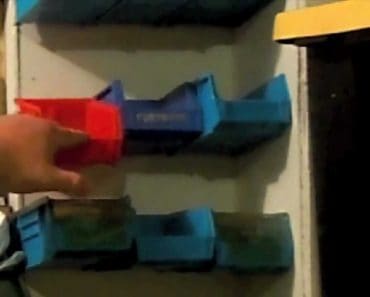The way I approach prepping is that I have a list of tiers of preparedness, and I try follow a consistent approach of not jumping tiers for specific sections until all sections on a tier are filled (This is flexible based upon situational factors). In my Defense tier, I would really like to have […]
Category: How To (How I Did)
You could call this a How To – but people often tell me I did it wrong – now to be fair you can’t really tell me I can’t do it that way, when the video shows I actually DID do it that way – so to cool down the hateraide – lets just call this HOW I DID
How to Build a Parabolic Solar Heater
My last tenants got direct TV without asking me, that’s not so bad, but they set this big metal post in concrete right at the edge of my house. I don’t like it, but I really did not want to grub out this post. Rather than rip it out, I re-purposed it to make […]
How to Build DIY Akro Bin Rail
Here is the link for the instructables.com post that instigated this DIY akro bin rail project. When I saw this workshop organizer project in my inbox I knew I had to try it. I had just inherited quite a few acro bins, and when added to the ones I already had, I needed a […]
How to Make an Easy Tin Can Stove
Today we are going to show you how to make a tin can stove, this type of stove has been around about as long as tin cans have been created, but it reached its peak of popularity during the great depression. Now its popularity is mostly with frugal backpackers and girl scouts, as a […]





